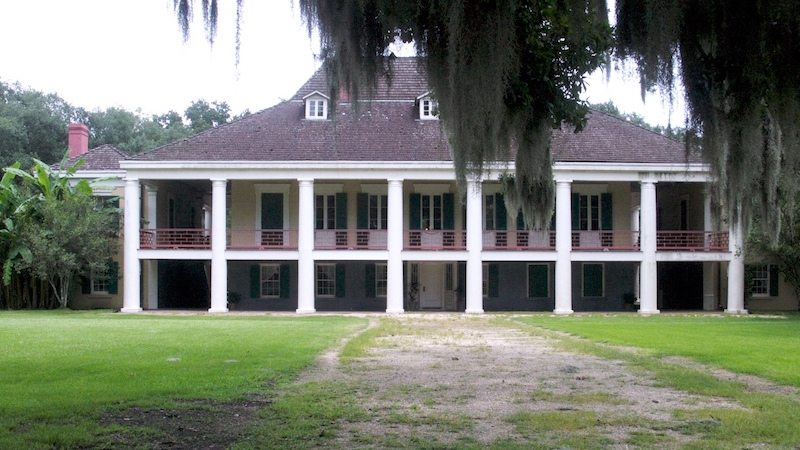Colonial Architecture
Episode #8 of the course “Brief history of architecture”
Several colonial empires rose in the 15th and 16th centuries to take land holdings and influence cultures around the world. In particular, the Dutch, French, Spanish, Portuguese, and British claimed and conquered lands around the world, holding some of them for as long as 400 years. Colonial styles of architecture include Baroque, Orientalism, and Art Nouveau.
The immigration of people from one area of an empire to another often caused the colonies to adopt or be rebuilt in a hybridized style of the architecture of their colonizer. Spanish and Portuguese influence is seen throughout South and Central America, British influence in North American and Caribbean architecture, and French and Dutch in both Africa and Polynesian countries.
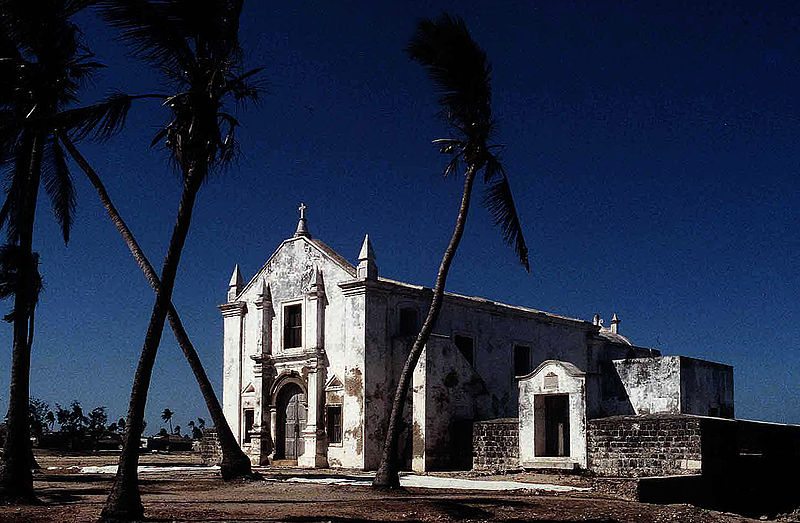
Church of Santo António, Mozambique
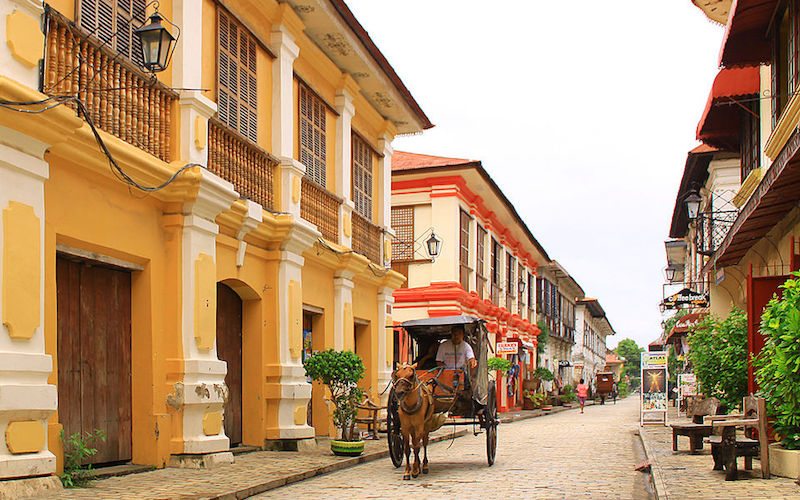
The Hispanic city of Vigan, Philippines
In addition to rebuilding pre-colonial temples in the style of European churches, colonizers often incorporated such classic European elements as the columns, arches, chimneys, and sashed windows that they were used to seeing in their home countries. Local building materials were often replaced by heavy carved stone, which was familiar to the Europeans. In addition to walls, they used the stones to build forts and castles, new churches, and monasteries.
The American colonial style in particular is one which maintains its popularity. A mixture of traditional Dutch and British designs, colonial-style homes are often brick and angular, with chimneys, low-covered porches, and symmetrical windows. In the northern US states, colonial homes include one chimney in the middle, while in southern states, colonial homes often include one at either end.
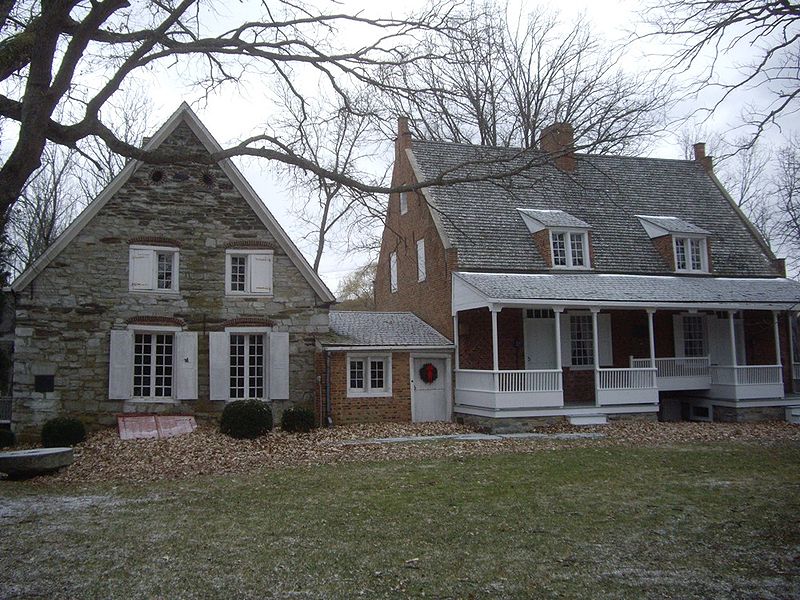
Dutch Colonial Bronck House, Coxsackie, NY
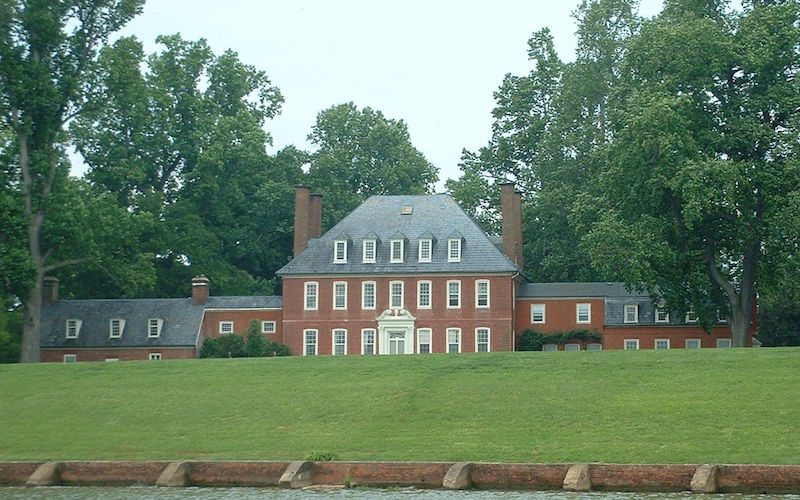
Westover Plantation, an example of Georgian architecture on the eastern James River, Virginia
The most prominent and historic American colonial architecture often includes Neo-classic elements, such as Greek-inspired columns and Romanesque domes as well. One of the finest examples of this is Thomas Jefferson’s estate, Monticello, which he designed himself. It took more than 40 years and includes expansive gardens, a central Romanesque dome, and classic Greek columns.
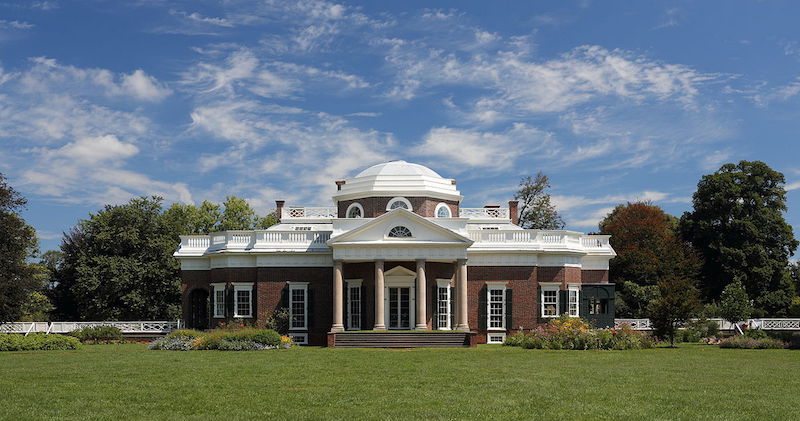
Thomas Jefferson’s Monticello, Virginia
Colonial-period architecture can take on a strange mixture of the cultures that bring design elements to it. In many cities around the world, locals and visitors can now walk down a street and explore elements of a dozen architectural styles, as colonists took elements from one part of the world to another.
Learn Something New Every Day
Get smarter with 10-day courses delivered in easy-to-digest emails every morning. Join over 400,000 lifelong learners today!
Recommended book
“101 Things I Learned in Architecture School” by Matthew Frederick
Share with friends

